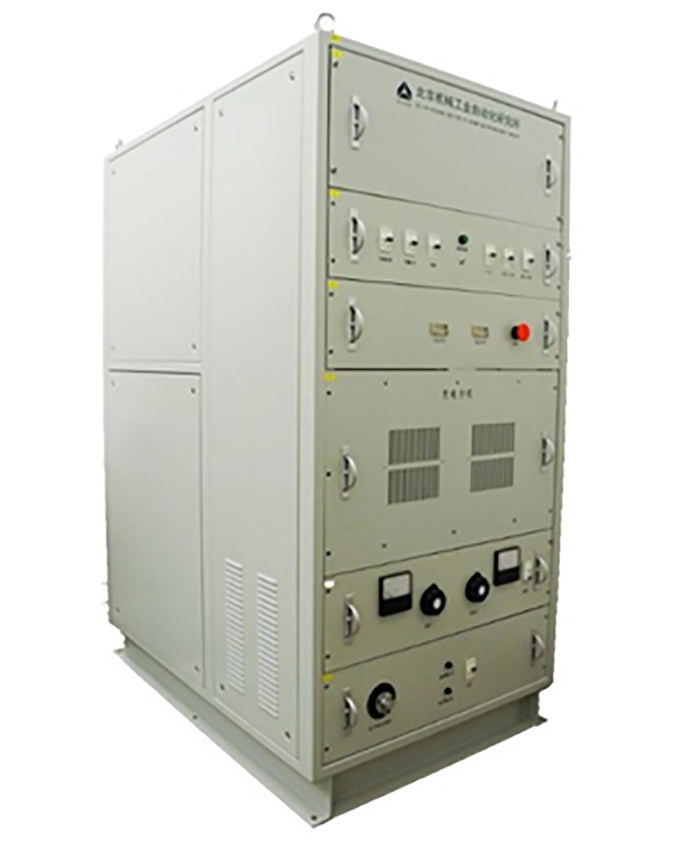Fei WANG, Xuexian LI, Enming JIA, Weiwei QIU, Linxia FAN. Development and application introduction of industrial electron accelerator and surface treatment implementation with an ion beam made in China[J]. Journal of Radiation Research and Radiation Processing, 2022, 40(6): 061301
Search by keywords or author
Journals >Journal of Radiation Research and Radiation Processing >Volume 40 >Issue 6 >Page 061301 > Article
- Journal of Radiation Research and Radiation Processing
- Vol. 40, Issue 6, 061301 (2022)
Abstract

Set citation alerts for the article
Please enter your email address



